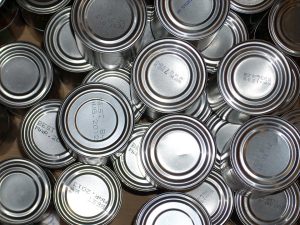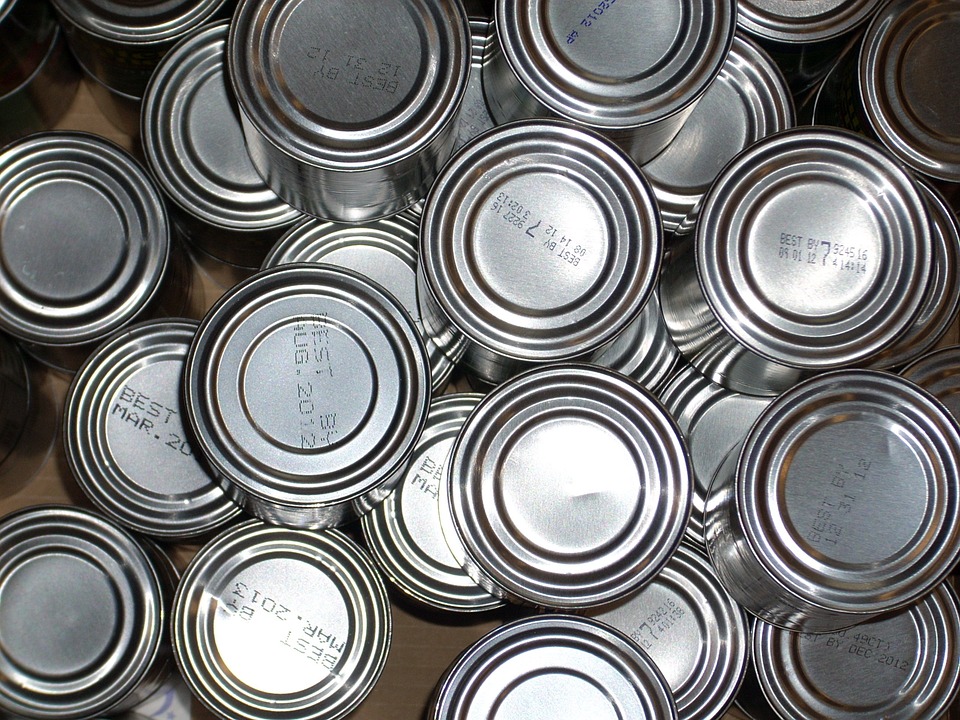
By Tess Pennington – As some of you know, I’ve been prepping for several years now. Believe me when I say that I have probably made every prepping mistake in the book. It’s time I admit to these mistakes and begin using them as a learning experiences for those of you who are beginning their preparedness efforts.
8 Rookie Mistakes
Don’t Panic
Take a deep breath, sit down and make an emergency plan. Decide what emergency you are preparing for and what supplies you will need. Try and stay within a certain emergency time frame and work your way up to larger scale emergencies. For example, begin planning for a 72 hour emergency and work your way up to a short term emergency and later, a larger scale or long term emergency.
Take your time and properly plan how you are going to open up your budget so that you can attain these emergency items. Cutting out the extraneous spending in your budget can free up a lot of extra cash. The money saved can be used toward your future preparedness items. Make the choice of using the new found preparedness money or save it for a more expensive prep. Either way, you will accumulate a little at a time and not break the budget.
Personal Experience – One mistake I remember (and am still paying for) was when my husband and I decided to get a short term food supply. We hadn’t really researched what it takes to maintain your family’s health during a short term emergency so we impulsively went out and bought $200 in canned goods. Needless to say that we are still living off of that canned good investment. Looking back, we could have used that $200 in a more constuctive manner.
Don’t always believe the experts.
Listen to what the experts say, but make the decision that is best for your family and your needs. Some expert’s advice is driven by what makes them the most money or what other experts are saying at the time. Make a list of what items you are looking for and research those items (include reading the customer reviews).
Personal Experience – An expert was telling everyone that they should have a certain brand of hiking boots. Well, I went out and bought them because “the expert” said I should. Because I didn’t research the boots (and the specs about the boot), after purchasing it; I made the realization that they were way too heavy for me. Luckily, I was able to return the boots and get my money back. After I researched and read customer reviews, I went out and invested in a different pair of hiking boots that were perfect for what I needed.
Don’t buy cheap preps.
Trying to save money here and there is great, but when you are investing in survival gear, you want to make sure the investment is worth the money spent. Begin looking at your purchase as an investment for your future. You want that product to last and do it’s desired function with minimal hassel. And you want to be able to depend on that product to see you through an emergency. On another note, whatever items or tools you buy, make sure you use it. If you invest money and buy an item that you do not know how to use, it’s useless.
Personal Experience – I wanted to save a few bucks and bought a basic sleeping bag that didn’t have any bells or whistles. Later on down the line, I realized the sleeping bag was way too bulky, weighed too much for a bug out situation and had no capacity to really keep someone warm. I ended up investing in an ultralight backpack that keeps me toasty when I need it the most and is feather light. Although I made a mistake with the first sleeping bag, I am using it as a back up, so the investment was not a complete loss. Other items I have found that are worth spending extra money on are good toothbrushes, survival tools, water filtration systems and survival knives.
Buy preps that are multi purpose.
You want to make the most out of your preparedness investment so do some extra research and find preparedness items that have multiple functions.
Personal Experience – I have found a lot of items that have multi uses, so listing them would be an entire article in itself. However, here are few suggestions that would help serve a multitude of functions. Rope, for instance is a great multi use prep. It can be used for hanging or securing emergency shelters, used as a laundry line or for hauling. Other multi-function items are a good knife, multi tool, and emergency foods, such as salt, baking soda, and vinegar.
Buy foods you and your family normally eat.
This is one of the biggest mistakes that preppers make. You want to use the food that you store. To get the most out of your food investment, develop good storage habits. Further, it’s a good rule of thumb to purchase foods and items that will be used within their allotted time span, so check the expiration date!
Personal Experience – I came across some cans of seafood medley at my local grocery store and thought how great it would be to use it in an emergency situation. I was so excited about this canned seafood because it was high in protein and vitamins, so I ended up buying 4 cans of this stuff. Needless to say that after opening 1 of the cans up for a dinner… my family (and myself included) pushed our plates aside and decided to eat cereal instead. Needless to say, the seafood medley was horrible. I donated the remaining cans of the seafood medley to a food bank.
Eat what you store.
In an article I wrote about storing food, I stated, “Storing food is a continual process of using, rotating and reloading. If a short term food supply is bought, the food must be used and more food purchased to resupply the storage shelf. Thinking of the food supply as a small store where the foods in the front has the shortest expiration date and the ones in the back have the longest. The food storage area should be checked every six months to make sure that appropriate food items are rotated. ”
Personal Experience – I can’t tell you how many items I have had to throw away unopened food because I didn’t use it within it’s expiration date. Using and rotating your food supply takes some getting used to. Many think that the stored food is for emergencies only. And it is, but it should also be there for you when you need it. It’s your own personal convenience store. When you use an item, buy a new one at the store and replace it on your shelf.
Have back ups for your back ups.
This is a golden rule for preppers. You never know when one of your preps will break or jam up on you. Having extra items gives you peace of mind because you are not solely dependent on one item for survival.
Personal Experience – When we were researching water filtration systems, we ended up buying a katadyn water filter (A solid investment in my opinion). However, we began thinking about the use and effectiveness of the filter after mulitiple uses. We decided that solely depending on one item to give up potable water was not wise. We not only bought extra filters for our katadyn, but also invested in micro-pur tablets (chlorine dioxide tablets), and chlorine granuals to make sure that all areas were covered.
Get your friends and family on board.
In an emergency situation, you will need help from others. It would be unrealistic to think differently. Talking with friends and family about being prepared is a great way to awaken the need for their personal preparedness efforts and help you find more “like minded” individuals. Help guide them and give them advise on how to begin.
Personal Experience – We all have stories of people thinking we are “kooky” because we prepare for short or long term emergencies, and I am no different. I have learned to take other’s opinion in stride, but I have talked with some family and friends who see the need to prepare and have started doing so. My largest accomplishment thus far has been helping my sister become more prepared. I have peace of mind knowing most of my immediate family is prepared – at least for a short term emergency.
There will be some friends and family members who are not going to be on board no matter how much you try and talk to them. There will be some who will be on board and will listen to what you have to say. Hopefully, after you share your experiences and first time mistakes, they will listen and learn from you.
What are some prepping mistakes you have made?
Tess Pennington is the author of The Prepper’s Blueprint, a comprehensive guide that uses real-life scenarios to help you prepare for any disaster. Because a crisis rarely stops with a triggering event the aftermath can spiral, having the capacity to cripple our normal ways of life. The well-rounded, multi-layered approach outlined in the Blueprint helps you make sense of a wide array of preparedness concepts through easily digestible action items and supply lists.
Tess is also the author of the highly rated Prepper’s Cookbook, which helps you to create a plan for stocking, organizing and maintaining a proper emergency food supply and includes over 300 recipes for nutritious, delicious, life-saving meals.
Visit her web site at ReadyNutrition.com for an extensive compilation of free information on preparedness, homesteading, and healthy living.
This information has been made available by Ready Nutrition
